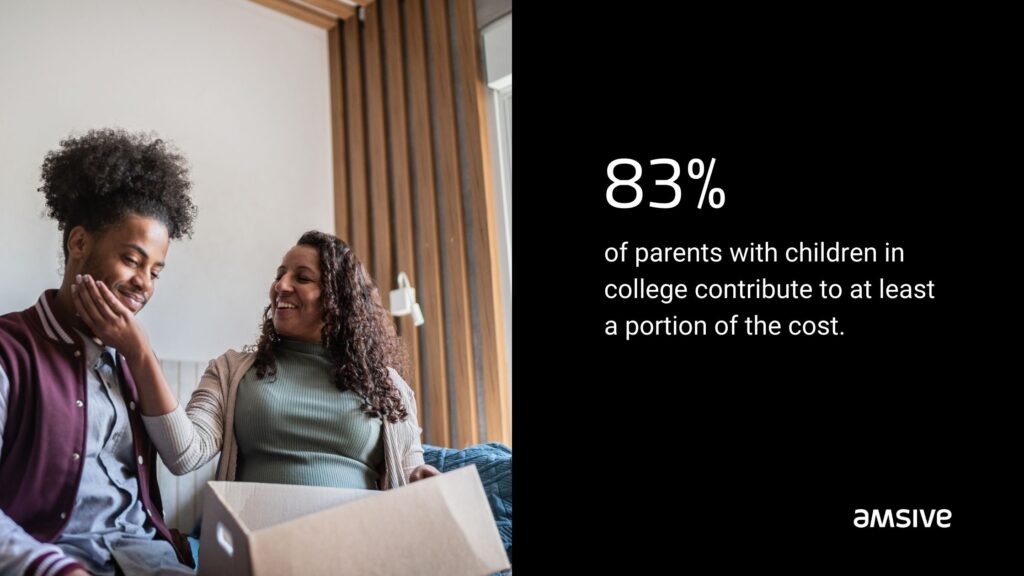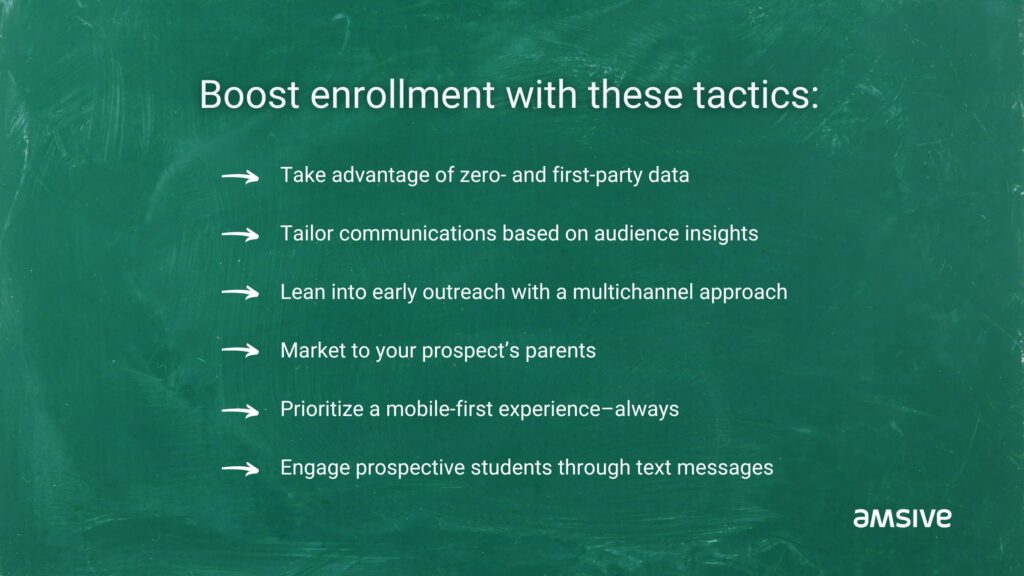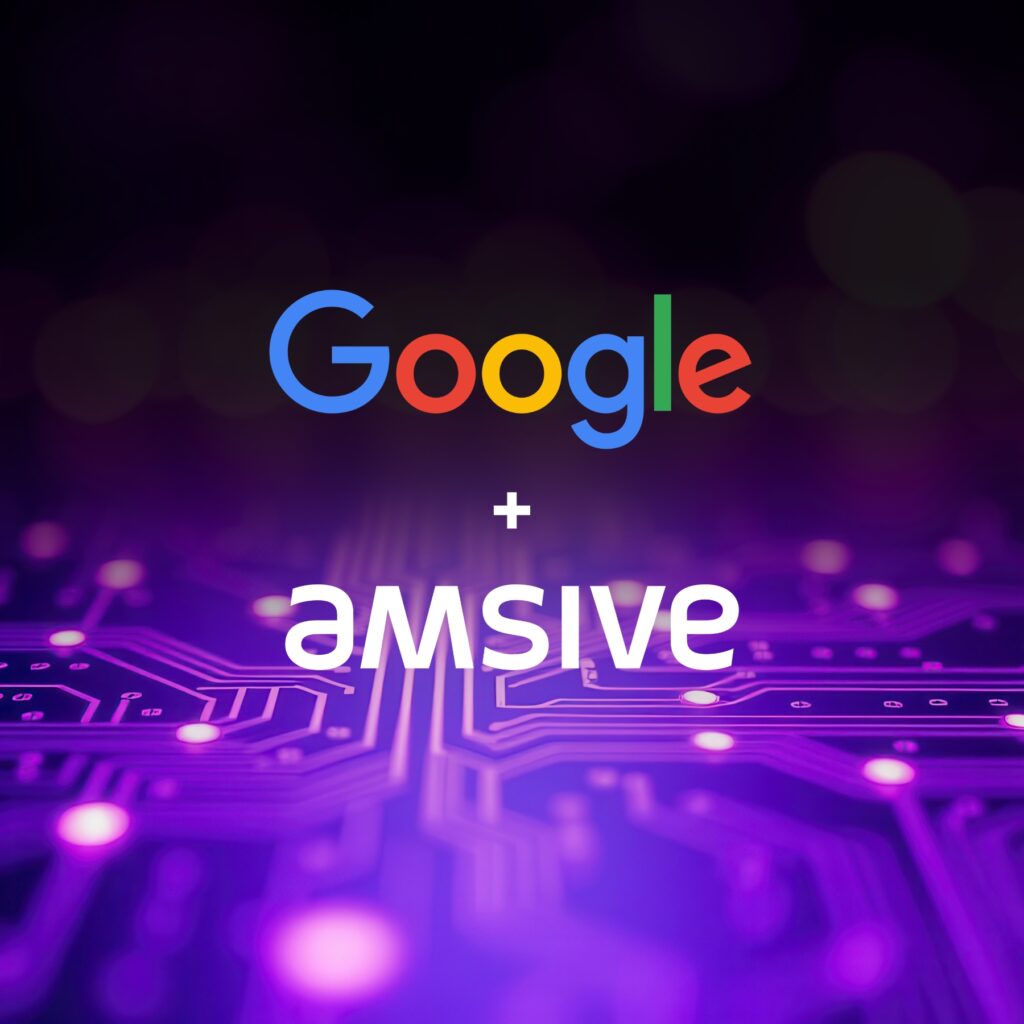From traditional universities to hybrid programs to fully remote and online courses, students have more options for their educational growth than ever before. It’s imperative for marketers to capture the attention of prospective students at all stages in the enrollment funnel.
A robust student pipeline enhances your institution’s diversity, enriches campus culture and perspectives, and builds an alumni network to foster fundraising and growth opportunities. Attracting talented students can help improve your school’s competitiveness, attract funding and partnerships, and ultimately improve your institution’s culture.
Speed and reach are imperative when you’re trying to reach new students. Reaching them at the right time, on the right platform and with the right messaging can make or break their chances of enrolling with your institution. In this article, we’ll deliver multichannel recommendations, along with tips to employ impactful messaging to reach your evolving student body.
Jump To:
1. Dig into data to understand your audience
As the educational landscape grows more competitive, marketers need to understand the external factors and pressures facing prospective students as they consider their next step in education, whether through a trade school, continuing education program, or university. Speaking to the pain points that families face while making this decision can positively influence your communications with prospective students. These can include:
Rising costs
One prominent pain point that students consider is the rising cost of education. With tuition increasing by at least 20% over the last ten years, some families are struggling to justify the financial burden of funding higher education. Tailor your communications to these prospects by highlighting financial aid opportunities, scholarships, and the overall value proposition of your program. Addressing these difficulties head-on can help communicate a sense of concern from an establishment that can often seem out of touch.
Institutional flexibility
Our current technological landscape also underscores the importance of flexibility and adaptability in education. Prospects exploring educational options are likely acutely aware of the ways in which COVID-19 impacted their education. Communicating your institution’s commitment to innovation, tech integration, and hybrid or remote learning models to meet the evolving needs of students may positively influence their view of your institution.
Career prospects
Another pain point is the increasing lack of belief that a degree is a helpful step toward having a successful career. Although nearly half of all posted job listings still require a college degree to be considered for a position, half of Gen Zers are turning away from gaining a degree. They’ve also watched Millennials struggle with an unforgiving job market as they’re negatively impacted by student loans. This is leading Gen Zers to hone in on educational programs that yield tangible results and career opportunities.
2. Take advantage of zero- and first-party data
One way to entice prospective students is by sharing the tangible results and opportunities that they may gain from enrolling with you. When possible, highlight the success stories of alumni. By spotlighting graduates who have made headway in their chosen career path, you can demonstrate the real-world efficacy of your educational program.
Additionally, providing transparent data on average graduate salaries and career placement rates can help boost confidence, and reinforce the idea that choosing to invest in an education will produce encouraging returns.
Universities can also use internal data to identify areas of strength and improvement in their academic programs and support services. By analyzing trends in student satisfaction, retention rates, and post-graduate outcomes, you can refine your programs and allocate resources strategically to meet the evolving needs and expectations of students, even as high schoolers looking at prospective programs.
3. Personalize your communications
It’s no secret that personalized marketing materials are more likely to receive attention. Tailoring communications based on academic interests, extracurricular activities, and audience insights allows institutions to deliver relevant and timely information that’ll resonate with prospective students. Personalizing communications can also demonstrate to prospects that an institution values each student as an individual and is committed to helping them achieve their goals, both academic and personal.
Using our unique Audience Science® approach and data and intelligence from our Xact™ agency data platform, Amsive can pinpoint and target prospective students accurately over the course of their enrollment journey using data-enriched audience models, ensuring that we’re prioritizing your best prospective student.
Make sure that your personalization is consistent across relevant channels like direct mail, email, and text messages.
4. Lean into early outreach with a multichannel approach
Early recruitment allows institutions to engage with prospective students ahead of and during critical decision-making phases. By reaching out to high school students as early as their sophomore or junior year, institutions can provide valuable information about academic programs, extracurricular opportunities, and campus life. Early engagement can help students make informed decisions about the education opportunities available to them.
Early recruitment can also allow programs and institutions to build a strong prospective student pipeline. By having a presence at college fairs, hosting informational sessions, communicating opportunities for campus visits and employing a wide multichannel marketing mix, you can raise awareness and generate interest from your potential candidates.
Early recruitment also gives prospective students plenty of time to complete the necessary application requirements, like standardized testing, essay writing, interviewing, and financial aid applications. Allowing for a proactive approach may help some students reduce stress and minimize uncertainty.
Beyond in-person fairs and informational sessions, engage with your prospective students through the channels that are most likely to catch their attention. It’s well known that Gen Zers have a strong presence on channels like Instagram and TikTok. Curate video content to showcase campus life, share student testimonials, and offer helpful information about academic programs or events. Engaging content like virtual campus tours and live Q&A sessions with financial aid staff can help prospects get their questions answered, and provide informative and meaningful interactions.
Direct mail popularity is also on the rise with Gen Zers, with 63% excited to receive it. Personalizing a mailer with details about the programs or extra curriculars that are relevant to them may help entice their interest in your school. And if it doesn’t catch their eye, it may catch their parents’ eye.
Don’t discount your content’s ability to speak to different generations of students. 33% of Millennials and 24% of Gen Xers use TikTok on a daily basis. 71% of Gen Xers are excited to collect their mail, and 58% of Millennials prefer direct communications for privacy-centric communications.
When you know your ideal audience of ideal prospects and students, you can diversify your multichannel approach to create the perfect cross-channel combo to reach them in the best way for that individual, no matter who they may be.
5. Market to your prospect’s parents
83% of parents with children in college contribute to at least a portion of the cost. By marketing to the parents of prospective students, institutions can tap into their influence, address their concerns, and potentially secure support in guiding prospective students down the enrollment funnel. By engaging parents through targeting campaigns, you can provide reassurance and alleviate concerns around topics like campus safety and career opportunities.
Marketing directly to parents is another opportunity to highlight alumni success, career placement services, and financial aid options, helping to relieve some of the shared concerns that parents and prospects have.
Remember when optimizing your marketing materials that both prospects and parents will do their due diligence in exploring your online presence.

6. Prioritize a mobile-first experience–always
The prevalence of mobile use has grown so sharply that prospective students will fill out school application forms on their phones. It’s imperative for institutions to optimize their mobile experience, if not developing a mobile-first approach to their site and application processes. Ensure that your mobile experience is easily navigable for document upload, submission, communications with staff, and any additional steps taken to streamline enrollment.
Prioritizing your mobile experience will also demonstrate to prospective students that you’re actively working to keep up with technological advancements, and willing to meet them where they are.
7. Optimize your broad, local, and technical search
Online visibility is paramount for educational institutions. By optimizing your site’s SEO, you’re more likely to be discoverable by prospects looking into higher education. Ensure that your site hierarchy, onsite content, and ability to earn high-quality backlinks are routinely assessed and refined. These will help you improve your organic search rankings and attract organic traffic.
Additionally, maintaining a presence in online directories and review platforms will help increase your visibility and credibility among prospective students. By claiming and optimizing profiles like Google Business Profile or CareerCouncil, you can ensure that helpful information is readily available to prospects looking to learn more about programs and degrees that fit their criteria.
In instances of hybrid and in-person programs, optimizing your local search presence can help students gain a better understanding of opportunities in their area. Providing information about your academic departments and offices can help improve your online presence.
Similar to a brick-and-mortar business, encouraging and managing online reviews and ratings from students, alumni, and community members can improve the institution’s credibility and reputation. Reading positive testimonials about certain programs, dorms, campus facilities, and communities may help increase a prospect’s interest.
With the competing priorities of internal teams, ensuring that your school site is technically sound may be less top of mind for some universities. However, helping prospective students navigate and engage with your site with ease. A user-friendly interface that makes it easy to find program details, admission criteria, application procedures, and financial aid can encourage exploration.
8. Communicate financial transparency to foster trust
As previously discussed, the average prospective student and their parents are fully aware of the potential drawbacks and difficulties that paying or taking loans out for higher education can pose. By openly addressing the costs associated with a program or degree, you can empower prospective students to make the most informed decision about their educational investments.
Infuse your communications with information about the availability of financial aid, scholarships, and grant opportunities may alleviate some of the stress around these conversations. Highlighting potential solutions to their concerns can help prospective students and their families make well-informed decisions about higher education and cultivate a sense of trust and confidence in their chosen program.
9. Engage with text messages
People spend four and a half hours a day on their phone and are increasingly skeptical of the texts messages that they receive, with 19.2 billion spam texts sent in May of 2024 alone. When contacting prospective students over text, make sure you personalize the communications to include details pertinent to them. When you’re able, use first-party or CRM data to let them know if there’s an application or form deadline coming up that they should be aware of. Include calls to action that provide actionable information, answer common questions, or direct them to a helpful number or email that they can contact for further assistance.
You can also lean into your available data to ensure that you’re reaching your prospective students at the best time for them. Personalization aside, write messaging that’s relevant to your prospective students. 78% of people believe that using emojis can positively influence the likability of the person that they’re communicating with, so throwing in the occasional emoji can help improve your open and engagement rates. But if you’re writing to Gen Zers, don’t try to parrot their slang. Applicants don’t want to hear about their potential advirsor’s “rizz”, and your applications aren’t “fire.” Nothing reeks more of hello fellow kids energy than incorrectly and inauthentically using slang.
You can also use text messages to link students directly to applications and forms that they need to complete and may follow-through with while they’re top of mind.
Extra Credit
Regardless of speaking to adult students or incoming Gen Zers, communicate possibilities as much as you’re trying to communicate logistics. Prospective students are exploring opportunities that will set them up for success in the future, but they’re also looking for a community they’ll enjoy working with over the course of their enrollment in a university or program. Providing key information around student life, campus activities, extracurriculars, and campus security will allow prospects to put themselves in the shoes of who they could be when they’re in your program.

Creating a personalized, unified enrollment journey that spans the most efficient multichannel mix can help you speak to both prospective students and their parents, fostering trust and confidence in their decision to enroll in your institution.
Are you interested in learning how to unify your brand presence across channels? Find out how you can ensure cross-channel brand cohesion, or let’s talk about what we can do for your marketing—or your business.






